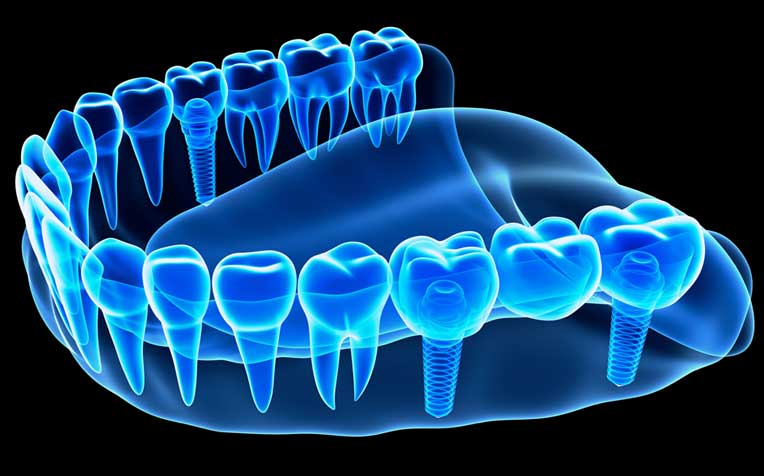
A dental implant replaces both the lost natural tooth and its root.
If you have lost a tooth, a dental implant is as close to the real thing as you will get. There is a growing demand for them in Singapore from a spectrum of people – teens, young professionals, the middle-aged and the elderly.
The National Dental Centre Singapore (NDCS) has seen a steady increase in the number of implant patients, with the number of implants placed tripling between 2005 and 2010.
Improvements in technology and techniques plus rising awareness have fuelled demand, said Dr See Toh Yoong Liang, Consultant, Prosthodontic Unit, National Dental Centre Singapore (NDCS), a member of the SingHealth group.
He said: "In the last decade, demand grew as science improved. We can now predict with greater accuracy the success rate of implants. Lower jaw implants, for example, have a success rate of 95 per cent while it's 90 per cent for the upper jaw."
An option for missing teeth
Dr See Toh explained that a dental implant, as an option for replacing a missing tooth, has several advantages compared to other alternatives. Implants do not affect other teeth, unlike dental bridges, where the adjacent teeth have to be filed down. Compared to dentures, implants are more comfortable, less obtrusive in the mouth and do not trap food.
Elderly people who have lost most of their teeth may opt for implants that function as clips for securing over dentures. For this, two implants are placed in the jaw. But instead of adding prosthetic teeth onto them, dentures with corresponding inserts on their undersides are fitted onto the implants.
"This is a relatively cheap option, easy to maintain and not as complicated compared to a regular implant," said Dr See Toh.
But dental implants do have associated risks and are not for everyone. For instance, patients with low bone density in the jaw or medical problems that limit wound healing may not be suitable for such implants.
Proper investigation before surgery
Dr See Toh said, due to these risks, it is important that dentists conduct examinations and use diagnostic procedures, such as x-rays and conebeam scans, to assess the width and density of the jaw bone before surgery can take place. Such images allow them to check if there is enough bone to support an implant and determine the length of the implant. Only then can the operation take place.
"The standard process, without any complications, takes about three to four months," said Dr See Toh. "In complicated cases, where there is insufficient bone and bone grafting is required, the process can take six to eight months."
Bone grafting is a procedure to "grow" more bone. This may seem like a long time, but the process is important to help the dentist identify structures to avoid, such as nerves and bones, and use an implant of the right size.
A proper healing period also allows the bone to heal and fuse well with the implant – a process known as osseointegration. "You don't want to load the implant (with a permanent crown) too soon. We usually allow at least two months before attaching a crown," said Dr See Toh.
"There have been cases where immediate loading of a crown onto the implant root resulted in higher risks of failure. This is because the crown puts pressure on the implant before it is stable. However, a temporary crown or prosthesis may be fitted in a way that does not add pressure on the new implant."
Ref. T12
Contributed by














 Get it on Google Play
Get it on Google Play